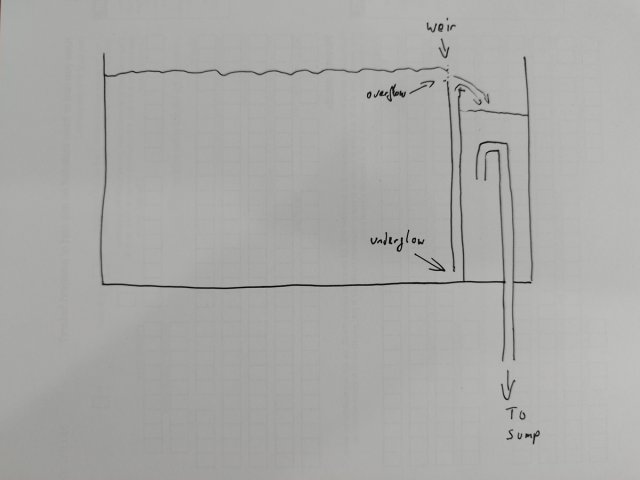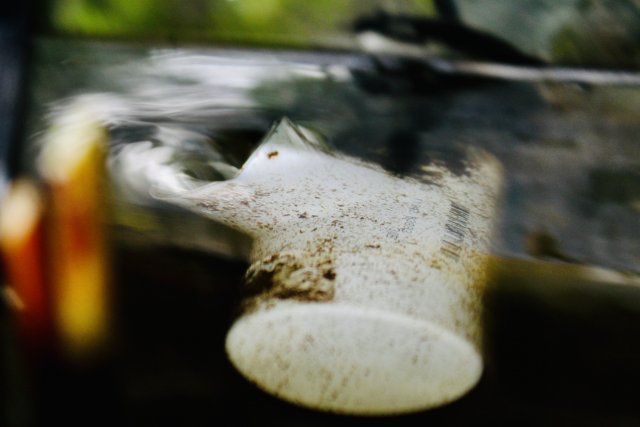I've been reading and learning a lot about sumps. I clearly understand the upsides in terms of more water volume, really infinite flow control, massive amounts of bio-media, etc.
But what I am seeing as a downside is there any way around it? What I am referring to is the intake, or the overflow. This would mean that the intake to the filtration system is at the surface vs. one a few inches above the substrate like with a HOB or a canister. Even with waver-makers/power-heads how do you keep your substrate from getting dirty quickly when using a sump setup with no intake down towards the substrate?
But what I am seeing as a downside is there any way around it? What I am referring to is the intake, or the overflow. This would mean that the intake to the filtration system is at the surface vs. one a few inches above the substrate like with a HOB or a canister. Even with waver-makers/power-heads how do you keep your substrate from getting dirty quickly when using a sump setup with no intake down towards the substrate?




